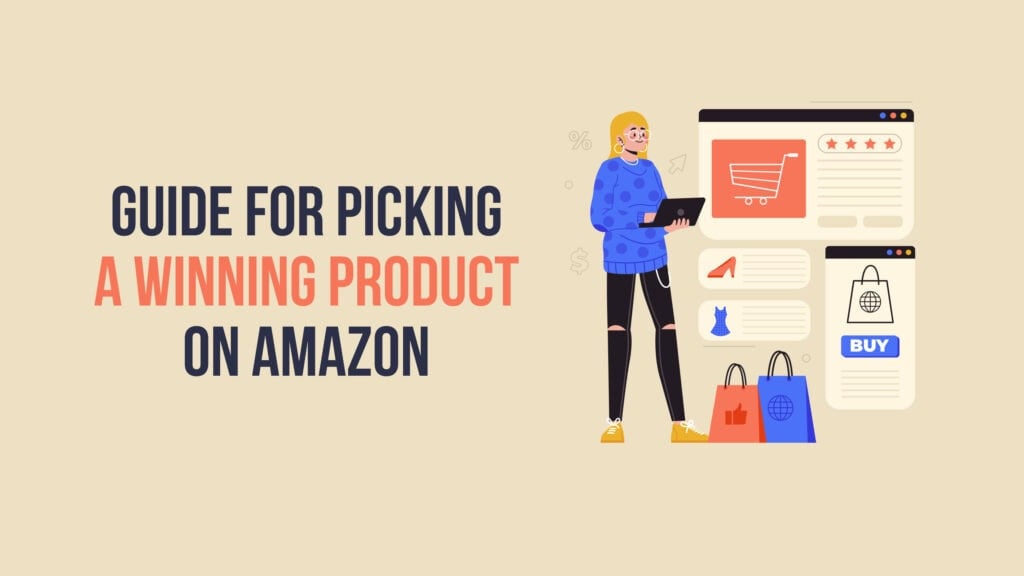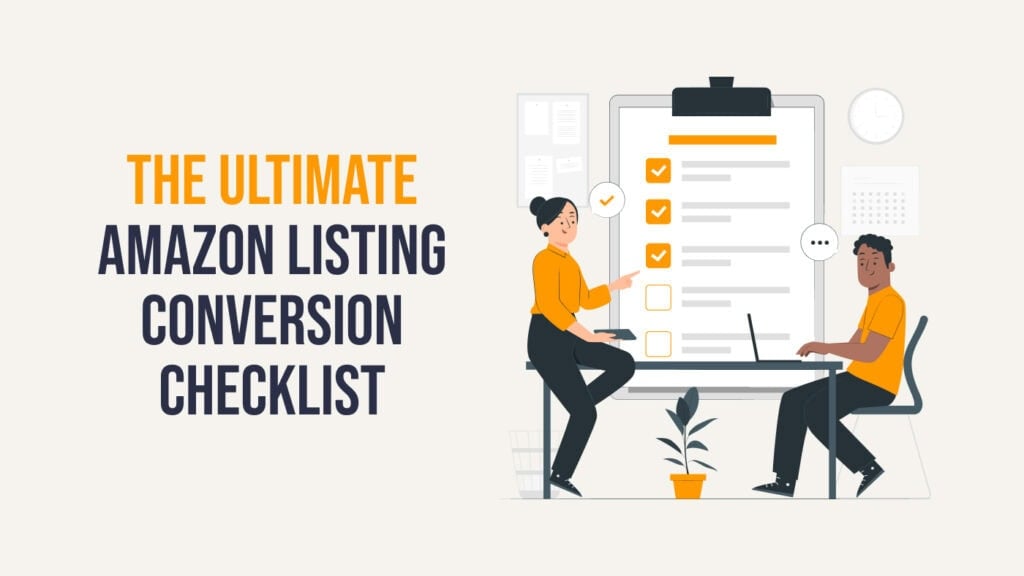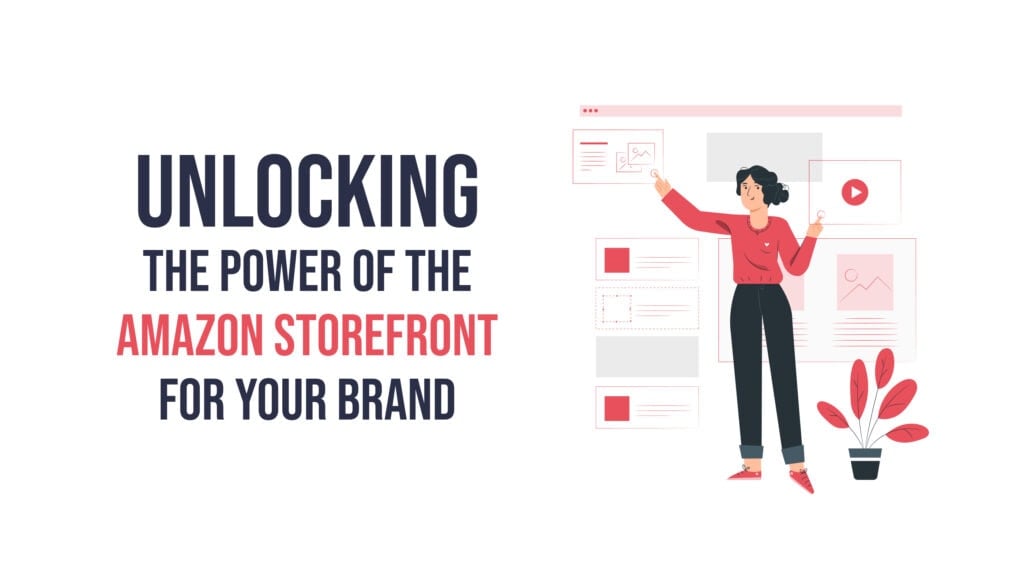![]()
Amazon is a flooded marketplace in almost every category, so even the slightest advantage over other sellers can be crucial to your success. The key lies in knowing where to look for that advantage and how to act on it. Luckily, PPC Entourage can show you exactly how to do this in the Amazon backend.
Turns out, one of Seller Central’s most underused tools is a secret weapon you should be learning how to utilize. The backend information in your Seller Central profile can be optimized to drive keyword search results, making it extremely important when it comes to getting eyeballs on your store and your products. Sponsored Products campaigns can drive short-term business, but visibility is crucial and backend information optimization ensures that you’ll get it.
Think of Sponsored Product campaigns as your store window and backend information as circulars and other advertisements encouraging people to come check you out in the first place. You’re going to need to understand both systems, especially if you’re using PPC advertising to bring customers in.
Why Should I Optimize?
By filling out your backend info, you can optimize your product listing. If that backend info contains relevant keywords it can have a massive impact on your relevance ranking when it comes to otherwise unfiltered searches, it’s very important to add variety to your relevant keywords and not just make them all synonyms of each other.
Until recently, Amazon allowed up to 1,000 characters in each keyword field, allowing 5 keyword fields to be used. That’s been chopped ruthlessly down to less than 250 characters accessible only by 1 keyword field. Amazon stated this change was to keep backend keywords for listings relevant as well as preventing sellers from abusing the system to get their products across unrelated search terms. With this change, the backend keyword field cannot be saved if it contains equal to or more than 250 characters, if you haven’t checked your backend keywords since August 2nd and have more than 250 characters, your entire backend keyword field has been completely invalidated by Amazon’s algorithm.
Now let’s take a look at several proven to work ways you can optimize this overlooked Seller Central tool.
Complying with Amazon’s Backend Listing Guidelines:
What to Do & What to Avoid
What to Do:
● Refer to the product by multiple names: i.e., vacuum cleaner, shop vac, wet-dry vac
● Single-space all keywords
● Include abbreviations and spelling alterations, especially popular ones
● Include features, certifications, quantities, accessories, and add-ons
● Find and include synonyms for as many of your keywords as you can but no more than 1 per keyword
What to Avoid:
● Don’t use semicolons or carets. You don’t need commas either
● No non-evergreen claims, such as notices of sales or deals
● Don’t include any irrelevant info, no matter how much it might boost visibility
● Nothing you’ve already used in the bullets or title, or the item description
● No misspellings at all
● No superlatives (‘best’, ‘great’, etc) or other subjective claims
● No plural forms
● No including your brand name or competitors brand names (against ToS).
● No prepositions (‘with’, ‘of’, ‘for’, etc.)
● Keyword repetition
● Don’t mix languages; Amazon automatically translates keywords according to the language selected in Amazon.com
Are Your Backend Keywords Working? Test them.
Once your backend keywords are entered and you have followed the advice above, it’s time to test if they have been indexed after some time has passed. You will want to wait about 30 minutes before checking if keywords have been indexed, 15 minutes for it to get approved or denied by Amazon and another 15 minutes to have it reflect your product. If you aren’t using a third-party tool to check if your keywords have indexed, there is an alternative, although more tedious.
Simply type your products ASIN followed by the one of the keywords in your backend that you want to check has been indexed or not. (i.e., b0123456 Vacuum) If the result is, “We found 0 results for “b0123456 Vacuum”” you have not been indexed for this keyword.
If the result is, “We found 1 results for “b0123456 Vacuum”” your keyword has been successfully indexed.
If your keyword has failed to index, try moving it around within the field, if a keyword won’t index no matter what you do, it’s best to replace it with something incredibly similar or ditch it entirely and try something new.
Master Backend Optimization: A True Guru
The new, lower character limit actually works best for sellers that take the time to learn and optimize their backend keywords. With fewer keywords to test, you can narrow down your keyword selection to the top most relevant keywords and not feel obligated to use every character to fill up your field. This in turn makes every character in your field important for the success of your product. This change helped sellers, because if you loaded your backend field with junk, you’re risking Seller Performance coming down on you hard.
If you can’t think of enough keywords to fill out all 250 characters, it’s better to not force it and stay below the limit rather than including semi-relevant keywords just to utilize the field. Unrelated terms and keywords do much more harm than good. Somewhere down the line you will run into a keyword that fits perfectly in your backend and will be happy you have the space for it.
Keyword Stockpile: Relevancy Revolution
Services at PPC Entourage are a quick, easy way to get a long list of proven keywords for your listing. Once you’ve got those, you just need to filter them for relevance according to your listing, make sure there are no duplicates, and then get to work.
Quick Pointers:
● Get those relevant keywords into your Seller Central backend field as fast as possible.
● Wherever possible, arrange keywords in logical order, like how a customer might search
● Make sure your backend field is 100% indexed
● Remember, the weighting of each field on a listing, backend aside, goes Title, then Bullet Points, then Search Terms, then Description
When following this process for backend information optimization, you’ll commonly see a drop in the number of customers looking at your listings. You should also see a spike in people actually buying from you, as the people searching for specific terms are, as a rule, more motivated as shoppers. If you want to know more about the ins and outs of backend info, or Seller Central and all the tools included in it, check out our podcast at [link].
Now that you know the basics, you’re ready to get a list of keywords and start whipping your seller profile into shape. Our custom-made lists are high-performing and high-converting, and we’ve got the numbers to back that up. If you want to get in on the ground floor with our Campaign Optimization Blitz service, don’t hesitate: Click here!










